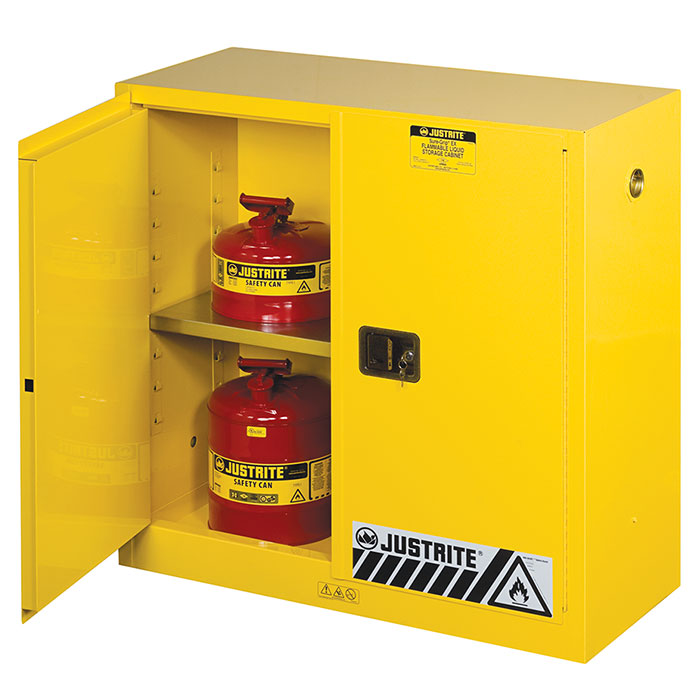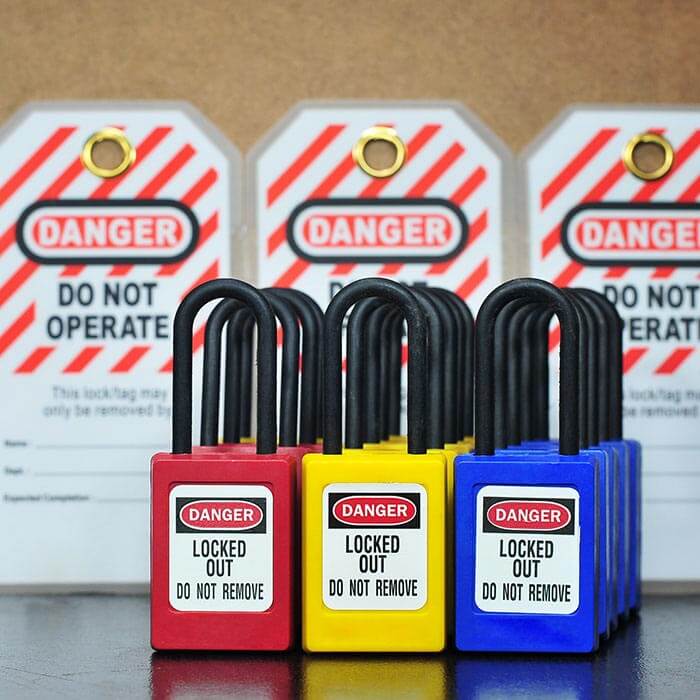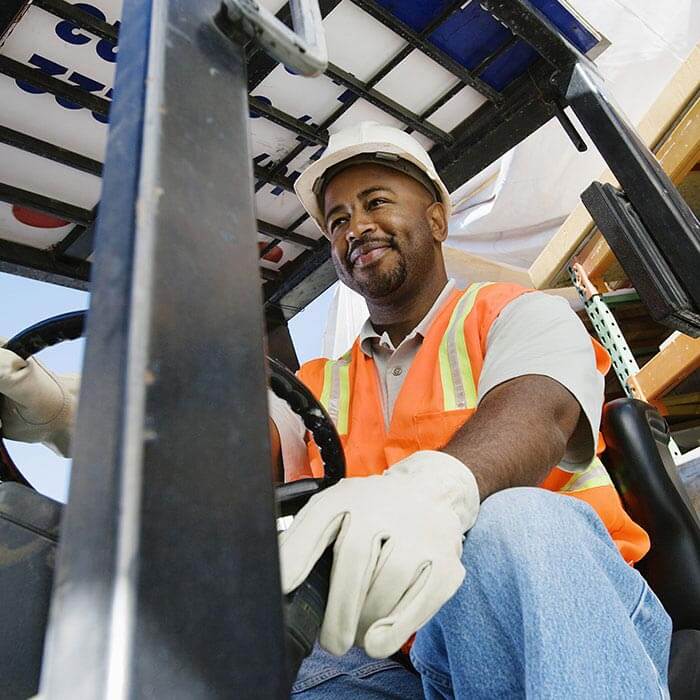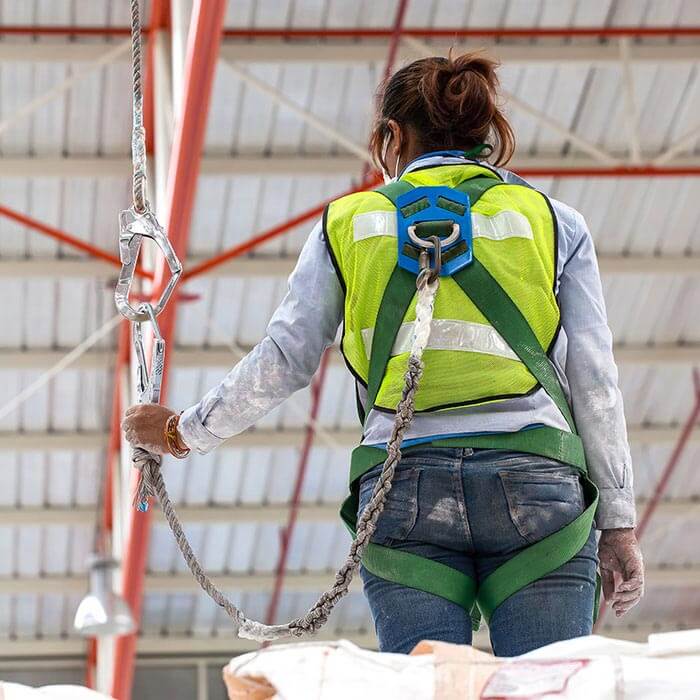Top 10 OSHA Violations
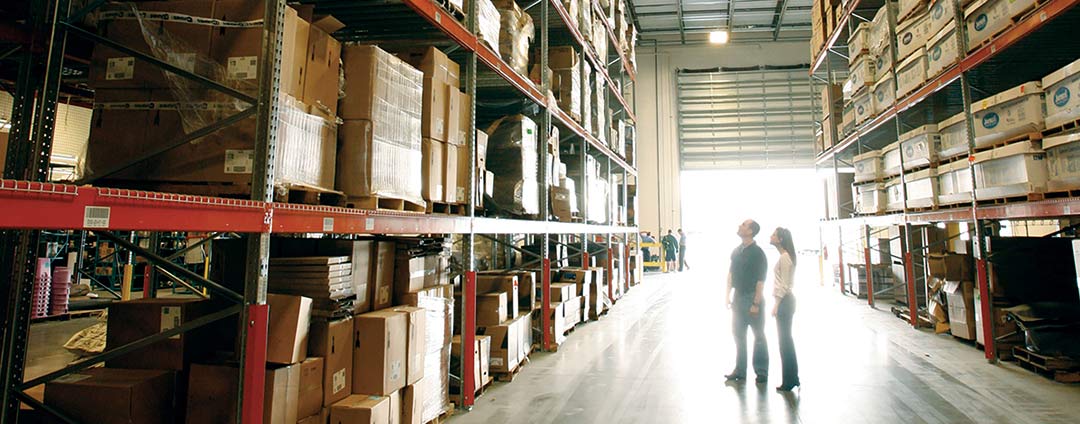
Steer Clear Of OSHA Fines
Each year, OSHA releases its top 10 list — the most frequently cited violations of OSHA standards across all industries. Complying with OSHA standards helps you keep workers safe and avoid costly fines.
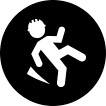
1. Fall Prevention
OSHA reports falling as the number one cause of work related injuries and deaths. To help protect staff from falls and injuries, OSHA requires employers to:
- Provide working conditions free of known dangers
- Keep floors in work areas clean and dry
- Provide personal protective equipment at no cost to workers
- Train workers about job hazards in a language they can understand
Fall Prevention Tips:
- Post warning signs, or limit access to dangerous areas
- Use absorption kits to clean up spills immediately
- Have fall protection kits onsite
- Keep guardrails and/or safety nets around elevated openings or holes in the floor
Consult OSHA for more detailed information.

2. Hazard Communication
OSHA's Hazard Communication Standard (HCS) aims to minimize exposure to hazardous chemicals in the workplace. OSHA states that: "All employers with hazardous chemicals in their workplaces must have labels and safety data sheets for their exposed workers, and train them to handle the chemicals appropriately."
All labels are required to have pictograms, a signal word, hazard and precautionary statements, the product identifier, and supplier identification. Learn More.
Avoid HazCom violations and fines with these tips:
Maintain A Master List
Keep a list of all of the hazardous chemicals used on site and a duplicate copy in your SDS binder.
Use Proper Labeling
Some chemicals are ordered in bulk and then transferred to smaller, more portable containers. Be sure to use proper labels on these secondary containers to stay compliant.
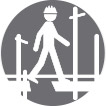
3. Scaffolding
The use of scaffolding increases an employee's injury risk. OSHA regulations are in place to minimize injuries and deaths caused by scaffolding accidents. The most common scaffolding accidents include:
- Planking or support giving way
- Workers slipping
- Falling objects
- Electrocution
- Structural instability and overloading
Improper construction is a common scaffolding violation. Avoid fines and improve scaffold safety by ensuring:
- Scaffold deck is fully floored and level
- Scaffolding can support its intended load
- Safe access to scaffold via fixed ladders
- Proper protection from a fall, such as guardrails, toeboards, screens, and netting
- Scaffold components are approved by a competent person
- Scaffold is inspected daily
Training staff on scaffold safety helps everyone comply with OSHA standards and improves safety. Consult with OSHA for full guidelines and rules related to scaffolding.

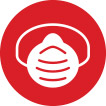
4. Respiratory Protection
OSHA's Respiratory Protection Standard is the fourth-most-common compliance violation. Respirators can protect workers against environments where there may be:
- Insufficient oxygen
- Harmful dust and dirt
- Fogs, smokes, and mists
- Gases, vapors, and sprays
Working and breathing in these conditions may cause cancer, lung damage, or other diseases. OSHA's Respiratory Protection Standard states:
"A respirator shall be provided to each employee when such equipment is necessary to protect the health of such employee. The employer shall provide the respirators which are applicable and suitable for the purpose intended. The employer shall be responsible for the establishment and maintenance of a respiratory protection programâ¦"
Comply with OSHA's Standard by establishing a written respiratory protection program:
- Provide the correct respirators
- Provide training on proper use
- Require employee fit testing
- Provide medical evaluations
- Ensure proper care, maintenance, and use
Choosing The Right Respirators
Choosing a disposable respirator, full-face, or half-mask depends on the environment and the type of airborne contaminant. According to OSHA, "assessment should be done by experienced safety personnel or by an industrial hygienist." Consult OSHA directly for more information.
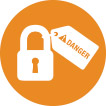
5. Lockout/Tagout
OSHA's standard for the Control of Hazardous Energy, more commonly known as Lockout/Tagout, is designed to protect workers who service and maintain machines or equipment powered by electricity, hydraulics, pneumatics, or other energy sources. It is vital that machines are stopped, disconnected from power, and the energy is controlled before service work begins.
Complying with Lockout/Tagout is easy, since OSHA allows businesses the "flexibility to develop an energy control program suited to the needs of the particular workplace and the types of machines and equipment being maintained or serviced."
Prepare for Lockout/Tagout
Employee Training
It's vital that employees are properly trained and completely understand the energy control procedures and OSHA requirements.
Inspect New Equipment
Ensure any new equipment can be locked out. For any equipment that cannot be locked out, develop and enforce tagout procedures.
Lockout/Tagout Kits And Stations
Use only authorized Lockout/Tagout devices for specific equipment and machines, including padlocks, cable locks, hasps, labels, tags, etc.
For complete information on the Lockout/Tagout requirements, consult OSHA directly.

6. Ladders
Misuse of ladders in the workplace is sixth on the top 10 list of OSHA violations. Employees should be trained on ladder safety so they can easily recognize and eliminate hazards.
Common mistakes workers make when using ladders include:
Wrong Type Or Size
Workers may be using a step ladder when a full-size ladder is needed.
Damaged Ladders
Never use ladders that are bent, missing a step, or where the spreader bars cannot lock.
Standing On The Top Rung
Never stand on the top step, since you are more likely to lose your balance and fall.
Working On An Uneven Or Unstable Surface
The base of the ladder should be secured on a flat, even surface. Never put a ladder on top of pallets or other raised surfaces to increase the ladder's reach.
Ladders In High-Traffic Areas
Use safety cones to and keep coworkers and/or pedestrians away from your work area.
Carrying Objects When Climbing
Carrying even a small load can cause you to lose your balance. Use a tool carryall or pouch to help keep your hands free while climbing ladders.
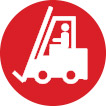
7. Powered Industrial Trucks
Many industries use powered industrial trucks, or forklifts, to move large loads, pallets, or crates. OSHA requires that forklift operators be over the age of 18, and all forklift operators must go through proper training and licensing. In addition, they are subject to performance evaluations and refresher training.
When using forklifts:
- Make sure you have a clear view of the travel path, and it is free of clutter, storage bins, racks, etc.
- Obey stop signs and sound the horn at intersections
- Drive slowly and obey speed limits
- Repair cracks and damage on loading docks, aisles, or driving surfaces
- Post signs where there is pedestrian traffic
- Inspect vehicles daily for safety issues before use
Protect workers from injury and death by following OSHA's safety standards for forklifts.

8. Fall Protection Training
OSHA requires employers to offer a training program for employees who might be exposed to fall hazards and to retrain staff if equipment and conditions change.
To help employees minimize the hazards of falling, OSHA requires training by a competent person qualified in the following areas:
- The nature of fall hazards in the work area
- The correct procedures for erecting, maintaining, disassembling, and inspecting the fall protection systems being used
- The use and operation of all fall protection being used
- The limitations of equipment and materials and the erection of overhead protection
Refer to OSHA standard 1926.502 for more detailed information.

9. Machinery And Machine Guarding
Machinery and machine guarding, the ninth-most-violated OSHA standard, can be easily handled with the right equipment and safety standards.
OSHA's standard relating to machine guarding "is to protect the machine operator and other employees in the work area from hazards created by ingoing nip points, rotating parts, flying chips, and sparks."
Keep employees safe by:
- Guarding any moving parts, sharp edges, and hot surfaces
- Use markers and signage to notify coworkers when and where machines and power tools are being used
- Train employees on proper use and handling of machines and tools
- Keep fully stocked first aid kits on hand in case of accidents
Keep workers as safe as possible and consult OSHA directly to learn more.

10. Eye And Face Protection
Employees must use appropriate eye or face protection when exposed to hazards including flying particles, molten metal, liquid chemicals, acids or caustic liquids, chemical gases or vapors, or potentially injurious light radiation.


